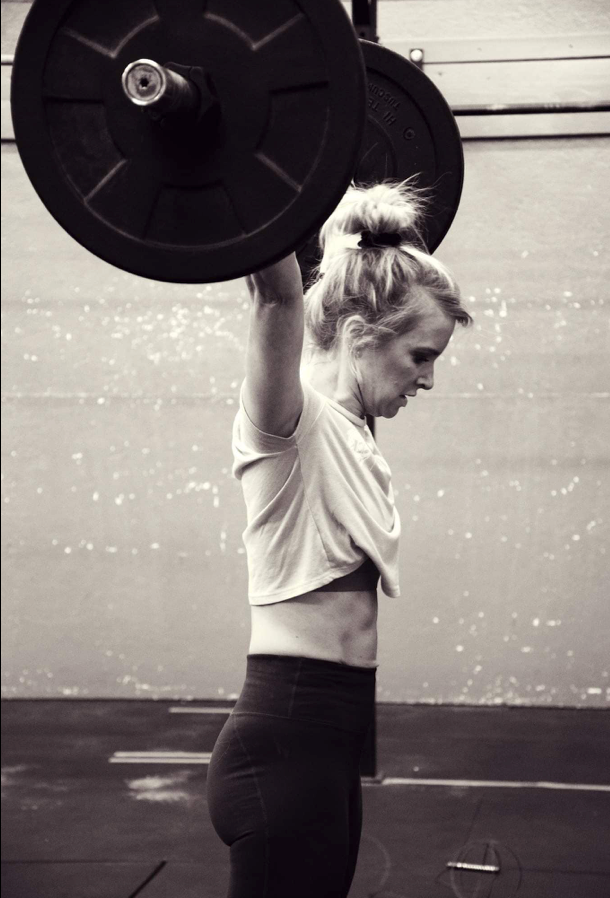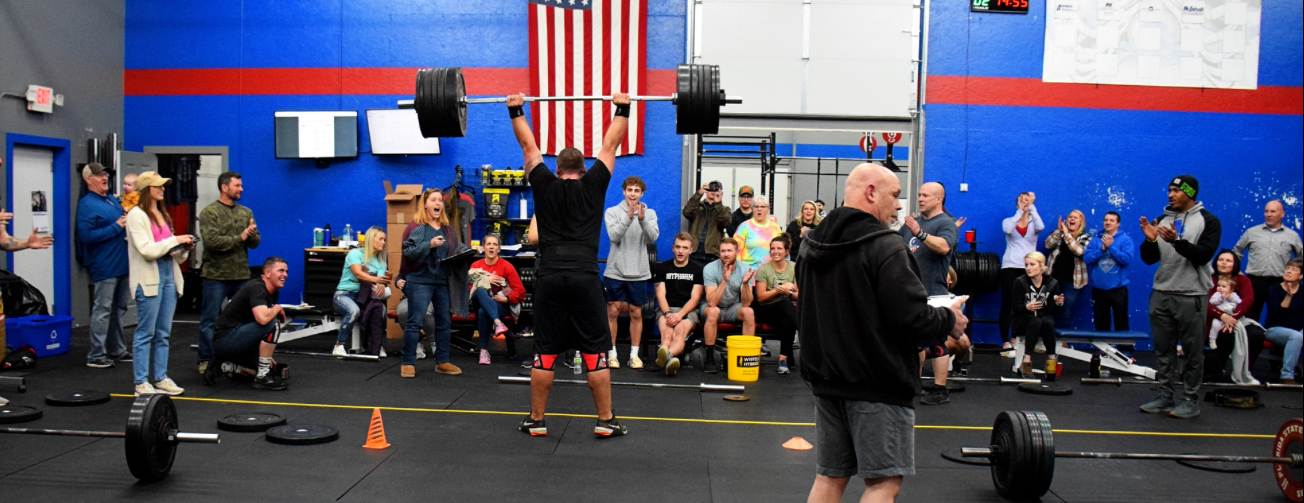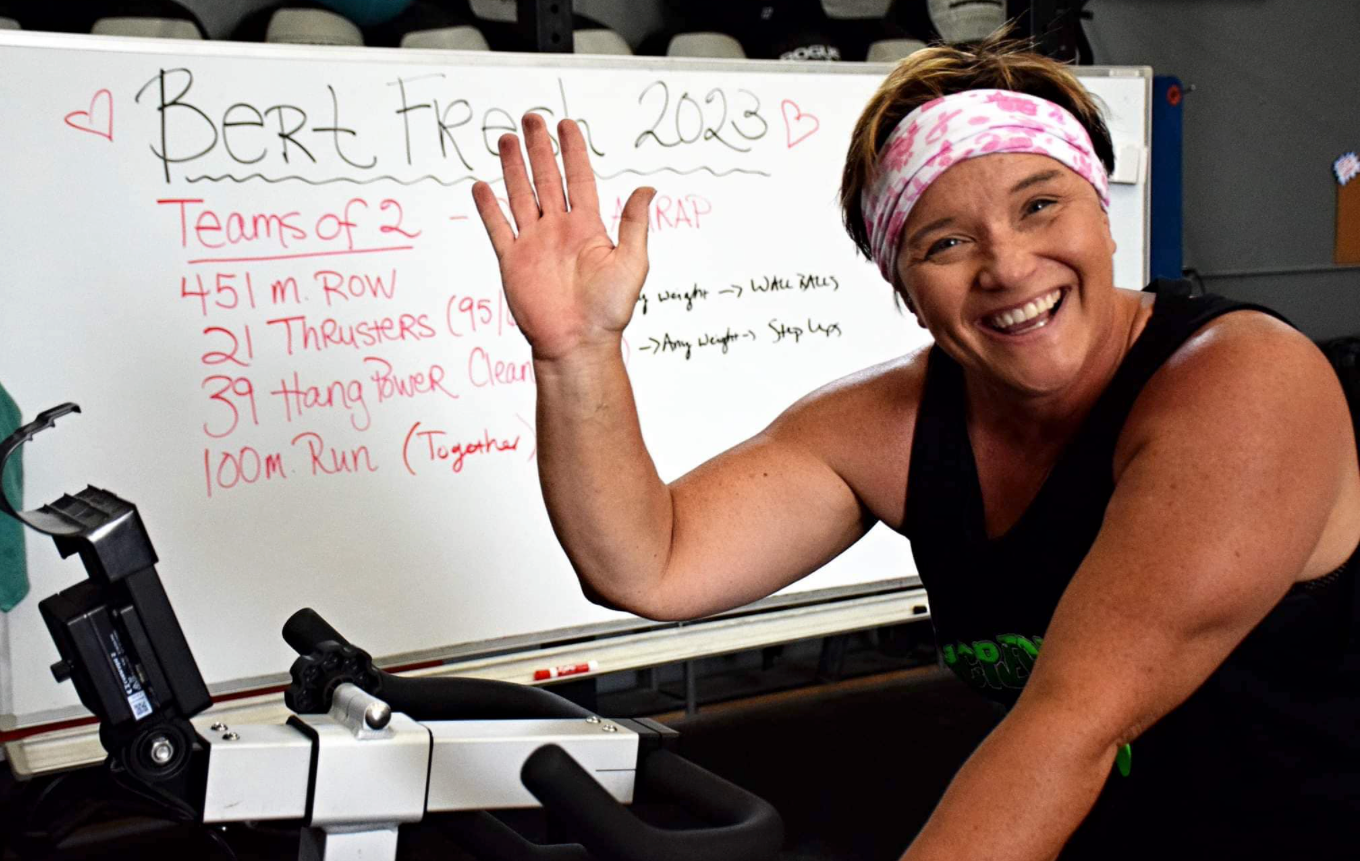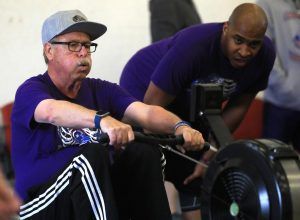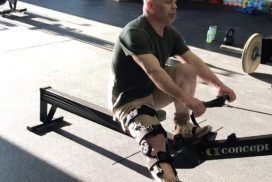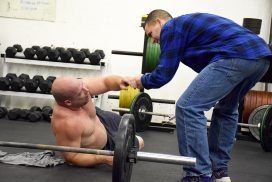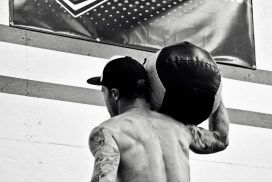CrossFit Classes in Council Bluffs, IA
CrossFit Council Bluffs
CrossFit Council Bluffs in a fitness program designed for all fitness levels.
Community | Fitness | Lifestyle
The primary focus is “General Physical Preparedness”, which we center our program around functional movements to prepare you for life outside of the gym. Don’t know how to workout? Not sure how to go about Nutrition? Need help staying accountable? We have it all for you.
CrossFit
Dive into a world of dynamic workouts and unparalleled support at CrossFit Council Bluffs. Our CrossFit program is your passport to pushing boundaries, sculpting strength, and unlocking new levels of fitness prowess.
CFCB Class Schedule
Check out our full schedule to find the perfect time to drop in and power up your workout at CrossFit Council Bluffs!
Membership Plans
Part-Time CrossFit Membership
$120/month
This membership has a limit of 10 classes per month. Classes do not carry over to the next month and you can use them for any class that is available in Wodify.
Unlimited Membership
$150/month
This membership is unlimited. Full access to all classes that are available in Wodify.
Location
19998 Perry Rd, Council Bluffs, IA 51503, United States of America
Contact Us
Ready to take the first step towards a healthier, stronger you?
Fill out our contact form today to get started on your fitness journey with CrossFit Council Bluffs.
Testimonials
Discover what our members have to say about their life-changing experiences at CrossFit Council Bluffs!
Absolutely love this place! After going to another crossfit for years, I have realized that I was definitely going to the wrong place. The coaches are top notch and very helpful. They provide great instructions to make you a better and more confident lifter! I would highly suggest this place if fitness is in your goals!
- Jeff Riemenschneider
Join the Council Bluffs Family
Sign up today and start your journey at CrossFit Council Bluffs. Let's make your goals a reality—because you belong here!


